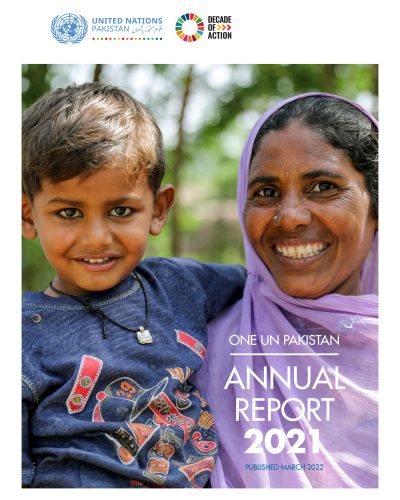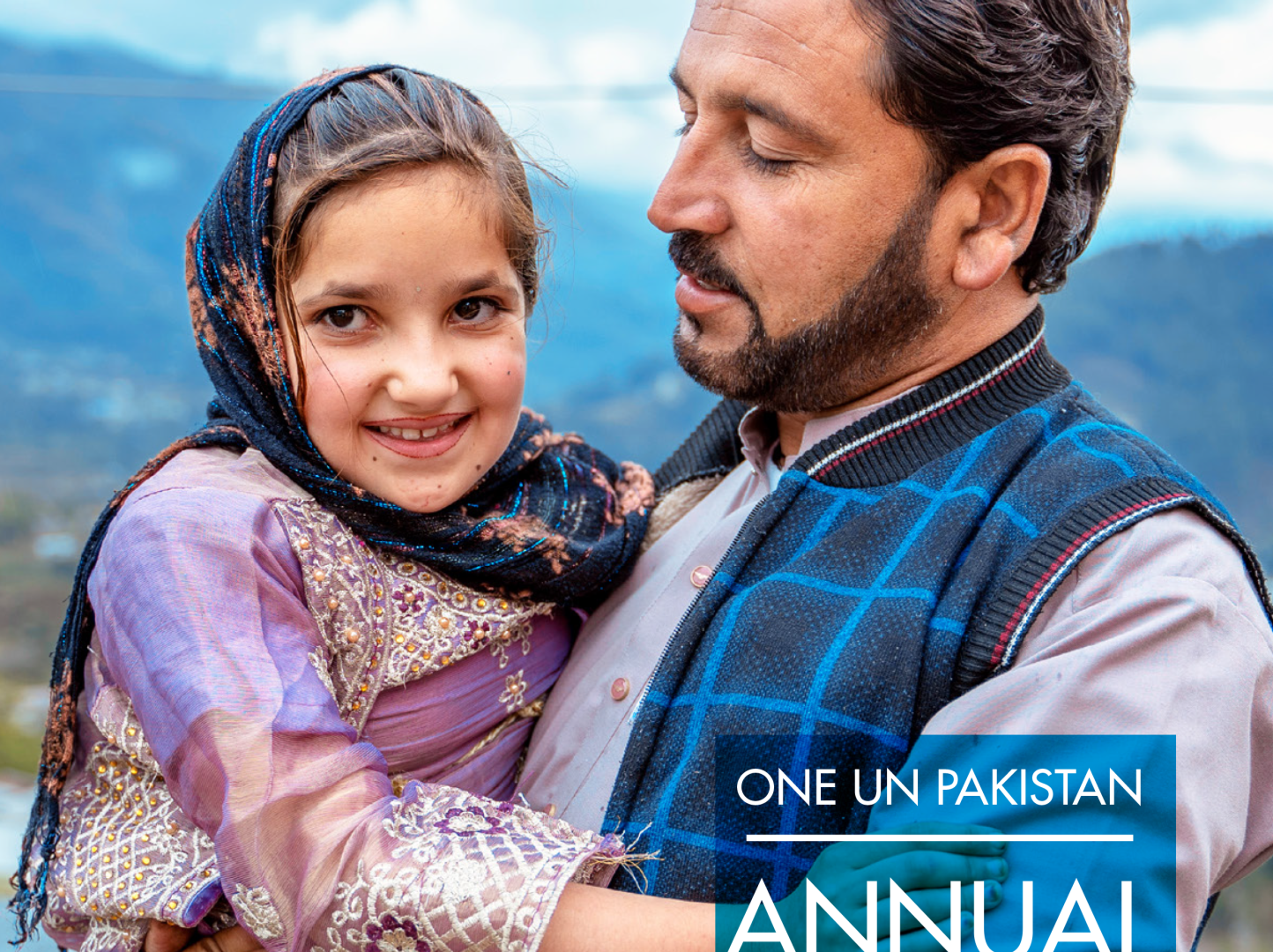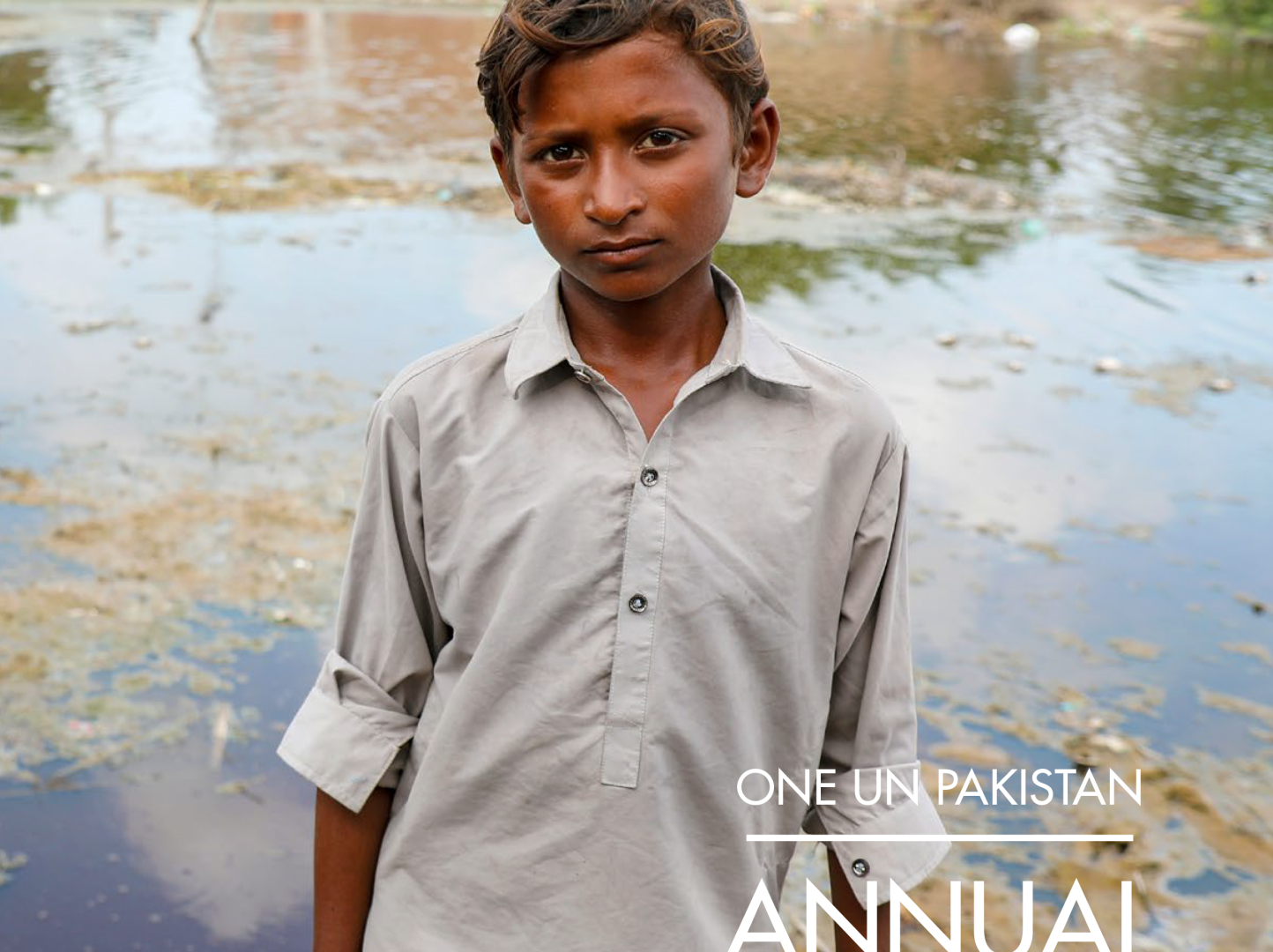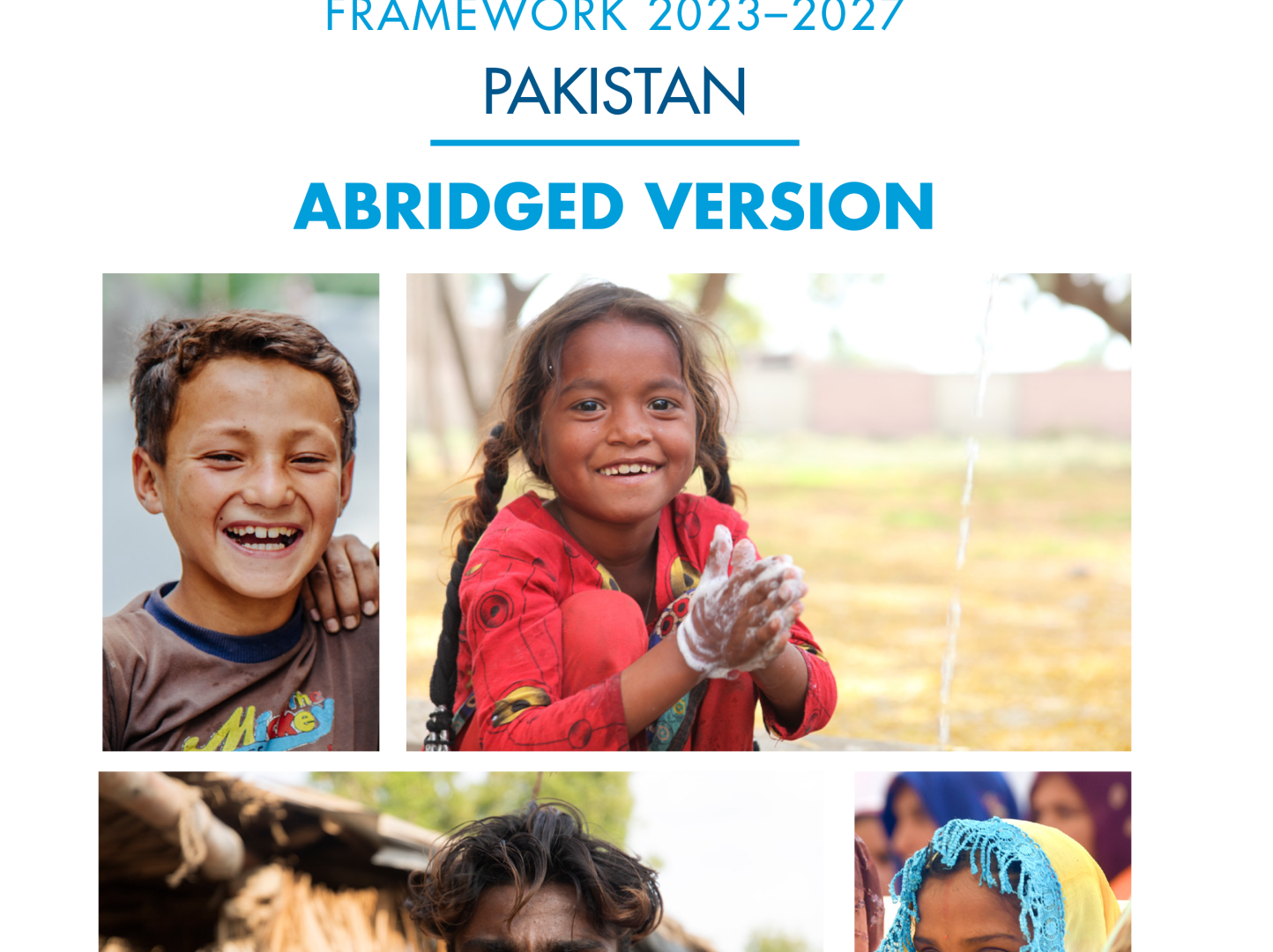One UN Pakistan : Annual Report 2021

Home to 225.2 million people, Pakistan is the world’s fifth most populous country. It is also one of the youngest – 61.4% of Pakistanis are of working age (15–64 years old) and 34.6% are under 15 years old. Pakistan ranked 154th of 189 countries on the Human Development Index 2021 (HDI), falling four places since 2018. Its HDI value of 0.557 is the second lowest among South Asian countries. One in four Pakistanis lives in poverty – income-based poverty stands at 24.3% and multidimensional poverty at 38.3%.5 Malnutrition (stunting) affects nearly half of Pakistan’s children (40.2%). Women’s labour force participation rate (21.5%) is among the lowest in the region, as are rates of gender parity in education. Its rates of maternal and child mortality are among South Asia’s highest. Nearly one-third (32%) of children between 5 and 16 years old are not in school, the second largest number of out-of-school children in the world, 53% of whom are girls. Inequality is pervasive between provinces and urban-rural locations. Discrimination and violence affect women, girls, transgender people and minorities. As a result, Pakistan ranked 153rd of 156 countries on the World Economic Forum’s Global Gender Gap Index 2021 (GII). Germanwatch’s Global Climate Risk Index 2021 considers Pakistan the eighth most vulnerable country to the impact of climate change and natural disasters, including floods, drought and earthquakes. For over 40 years, Pakistan has hosted the largest protracted refugee population in the world, currently numbering 1.435 million registered Afghan refugees. The conflict in Afghanistan in 2021 brings with it the potential for an increased influx of refugees into Pakistan.
Pakistan experienced two waves of COVID-19 in 2021, in March and in July. While the pandemic has compounded the challenges facing the country, trends in 2021 give cause for hope. Pakistan’s economic growth rebounded in FY2021, with real GDP growth rising to 3.5% after contracting in FY2020 following the onset of the pandemic. Micro-lockdowns largely contained the spread of the coronavirus, while permitting significant economic activity to continue. These measures, coupled with record-high remittance inflows, a supportive monetary policy, the expansion of the Ehsaas programme and assistance for businesses contributed to gradual economic recovery in 2021. Although COVID-19 increased the incidence and intensity of multidimensional poverty, especially for the most vulnerable – the elderly, persons with disabilities, women, children, youth and non-nationals – the Government of Pakistan’s COVID-19 response has drawn praise from the global community, including the United Nations. The multi-stakeholder National Command and Operation Centre – which includes members of opposition parties – has overseen the COVID-19 response, coordinated with the provinces, and collaborated with the UN and other development partners. To date, Pakistan has successfully administered over 200 million doses of COVID-19 vaccines, half of which were secured with UN support through the COVAX facility, demonstrating a well-coordinated, data-driven response to the pandemic.




















